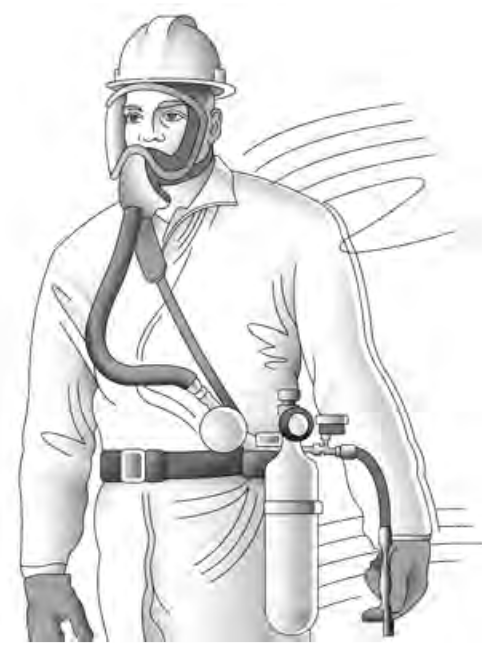 So what is the Assigned-Protection Factor (APF) for an air-line respirator, commonly used inside PRCSs which has, or has the potential to have an IDLH atmosphere? Is it 1,000 or 10,000?
So what is the Assigned-Protection Factor (APF) for an air-line respirator, commonly used inside PRCSs which has, or has the potential to have an IDLH atmosphere? Is it 1,000 or 10,000?
I have always been taught/trained that the simple air-line respirator (Pressure-demand/Positive pressure mode) WITHOUT the Auxilary/Back-up cylinder the APF is 1,000, but the addition of the Auxilary/Back-up cylinder then makes it “acceptable” for entry/work within an IDLH atmosphere with an APF of 10,000. But to show that we can always learn in this profession, I had to ask my FaceBook Group what a “combination respirator (e.g., airline respirators with an air-purifying filter)” is. Luckily one of the members just happens to be a CIH and he did some digging and came up with a “combination respirator (e.g., airline respirators with an air-purifying filter)” so now we at least know what it looks like and why it gets an assigned protection factor of 1,000 (as shown in the red box below). So what does OSHA mean when it says… (emphasis by me)
1910.134(d)(3)(i)(A) Assigned Protection Factors (APFs)
Employers must use the assigned protection factors listed in Table 1 to select a respirator that meets or exceeds the required level of employee protection. When using a combination respirator (e.g., airline respirators with an air-purifying filter), employers must ensure that the assigned protection factor is appropriate to the mode of operation in which the respirator is being used.
